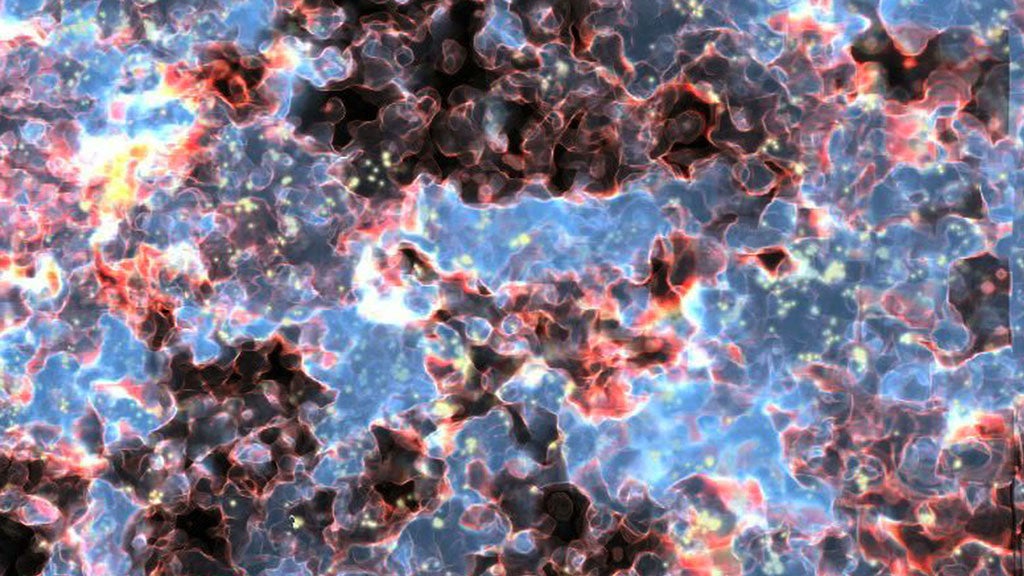Scientists look for this specific energy to trace the presence of forming structures. And with enough sensitivity, a radio telescope can eek out the faint signal of far-distant star formation — even that of the first stars to light up the universe.
While current research has found an early galaxy at about redshift 10, or about 480 million years after the universe’s beginning, scientists believe stars began forming some 300 million years earlier, at a redshift of about 20. Some of the large radio arrays that might reach this epoch are listed below.
Low Frequency Array (LOFAR)
In January 2012, LOFAR began observing with 40 stations in the northeast region of the Netherlands and eight in other European countries: Germany, France, Sweden, and the United Kingdom. The project can work in a survey mode and also take more-detailed deep images.
Square Kilometre Array (SKA)
This project is scheduled for full operation in 2024. In May 2012, SKA scientists decided to spread the array over two locations: Australia will host the low-frequency aperture antennas for the survey instrument while South Africa will hold some 3,000 mid-frequency dishes for a deep instrument. As its name suggests, SKA will have a total collecting area of a square kilometer, or 1,000,000 square meters.
Australian Square Kilometre Array Pathfinder (ASKAP)
This project, located in western Australia, is composed of 36 antennas, each 12 meters wide, working together as a single instrument. As of June 2012, the ASKAP team had assembled all antennas, but they have yet to add the computing systems. The telescope will start early operations in 2013. The SKA project will then build onto ASKAP.
Karoo Array Telecope (MeerKAT)
MeerKAT will consist of 64 dishes each 13.5 meters wide located in South Africa. The project should come online in 2016, and shortly after, researchers will begin adding SKA mid-frequency dishes onto this project.










